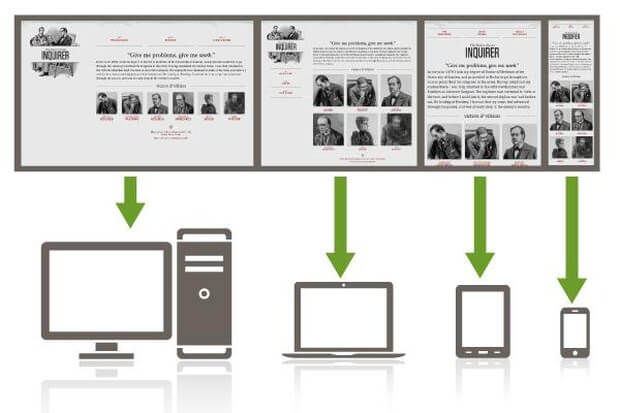The Web is a hybrid communications channel that integrates many components of traditional media. Like print media, it facilitates the integration of visual content with text. Like film and television, the Web is capable of combining sound and video content.
Moreover, other components have been added to this already eclectic media mix. For example, hypertext links facilitate user interaction with the medium by allowing users to make choices concerning how and in what sequence they access Web-based resources. This merging of text, images, motion, sound, and interactive links constitutes a powerful means of communication. Not surprisingly, this potent hybrid medium can, at times, pose complex evaluation challenges.
Two of these evaluation challenges relate to advertising, namely: (1) the blending of information and advertising, and (2) the blending of information, advertising, and entertainment.
Although both of these advertising, related also exist in conventional media, they can prove even more challenging in a Web-based media environment.
Some demanding evaluation challenges posed by the Web, however, are not found in traditional media. These unique Web-related challenges include
- The use of hypertext links
- The use of frames
- Search engines that retrieve pages out of context
- Software requirements that limit access to information
- The instability of Web pages
- The susceptibility of Web pages to alteration
The ability to use hypertext to link a variety of pages is one of the Web’s most appealing features. However, the fact that one Web page contains material of high information quality does not guarantee that pages linked to the original page will be uniform in quality. As a result, each Web page, and often sections therein, must be evaluated independently for the quality of the information it contains.
The use of frames
Information presented on Web pages within frames can also present an evaluation challenge. A frame is a Web feature that allows the division of a user’s browser window into several regions, each of which contains a different HTML (Hypertext Markup Language) page.
The boundaries between frames may be visible or invis-ible. Sometimes, each frame can be changed individually, and sometimes one frame in the browser window remains constant while the other frames can be changed by the user.
The contents of the various frames often originate from the same site. Nonetheless, it is possible for the different frames to originate from different sites without the user being aware of it. Consequently, a Web user needs to be alert to the fact that, because the contents of each frame may be originating from a different Web site, each frame needs to be evaluated independently.







